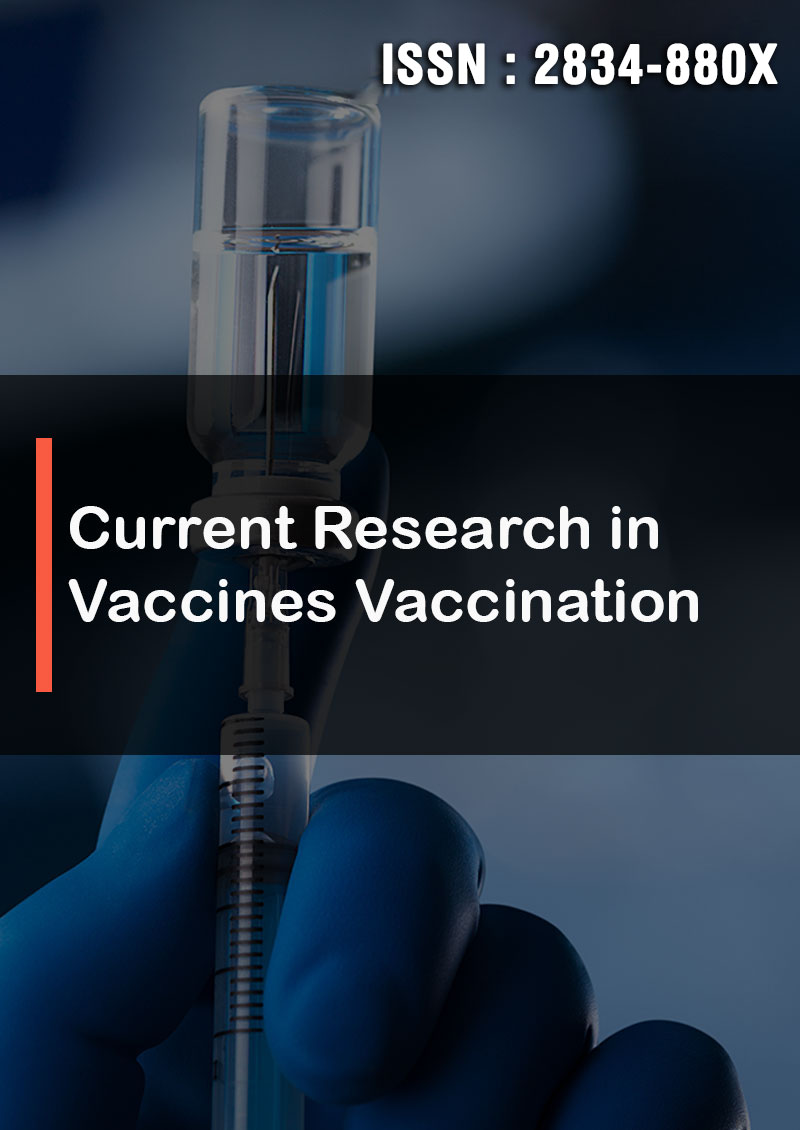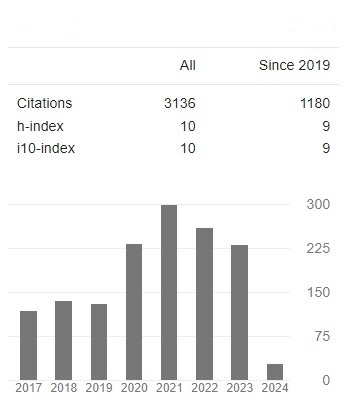The Evaluation of the German SARS-CoV-2 Test Strategy - A Multifactorial View
Abstract
Lars Homagk and Lutz Hornung
With SARS-CoV-2 in 2019 a coronavirus started circulating, for which the population showed no specific defense mechanisms of the immune system due to its clear distinction from the previously circulating coronavirus strains. Nevertheless, in 2021 there was a significant decrease in respiratory infections with a simultaneous significant in- crease in pandemic-related SARS-CoV-2 infections found. There is also a reduction in reported cases of respiratory diseases, especially in the pandemic year 2021. The aim of this study is to show optimizations in the test strategy during a pandemic and thus derive the improvement of civil protection.
For Evaluation the data of GrippeWeb, the RKI’s Survstat® tool and the RKI’s reporting data on the new coronavirus were used. In addition, an evaluation of billing data from the EBM from 2017 to 2022 for the GOP 32816 as well as an evaluation of data on sick leave and illness statistics from 2019 to 2021 and the consideration of inpatient and outpatient health costs based on the data requested in writing from the Federal Ministry of Health was performed.
The data from the Influenza Working Group shows an average of 300,000 annual reports for ARI per year. In 2019 it increased to 1,985,985 reports, in 2020 (5,453,017) and in 2021 to 29,681,158. There is also a correlation between the SARS-CoV-2 test frequency and the positive results, as well as an increase in the previously 6% positive rate for SARS-CoV-2 to over 50% in 2022. At the same time decreases the medical burden due to acute respiratory diseases (ARI) contrary to the increase of the acute respiratory diseases reported to the RKI with 2684%.
What has been neglected so far is that corona viruses (HCoV) have been responsible for around 5-10% of acute respiratory infections for decades. The comprehensive Covid-19 control measures, including the obligation to wear masks, apparently had no significant impact on reducing the spread of Covid-19, since there was also no decrease in infections with the adenovirus or RS virus in 2020 and 2021. Furthermore, an infection positive rate should not be used as a criterion for infection avoidance strategies and the recording of test results should always be validated and controlled. Only the testing of symptomatic persons should be remunerated and only these validated test results should be considered in the registration. In addition, the DIVI register for the inpatient area with recording of the main admission diagnosis and the data from the electronic transmission of sick notes to the health insurance com- panies for the outpatient area could be used in real time to decide on containment measures in the context of the pandemic.




